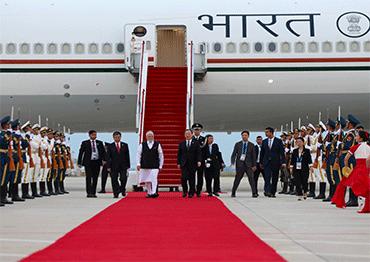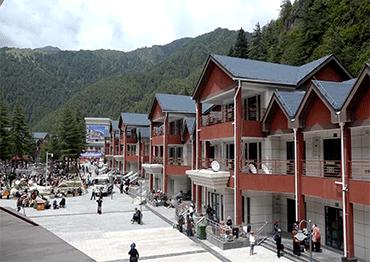Escalating tensions between the US and India, including Trump’s punitive tariffs on Indian goods, are also widely considered to have played a significant role in the rapprochement with China. On August 27, just days before the Xi-Modi meeting, Trump’s 50 percent tariffs on Indian goods came into effect, one of the steepest trade measures against any American partner.
India has long been considered a natural ally of the US due to similar political systems, shared geopolitical interests and concerns over China’s rise. For more than a decade, spanning the Obama administration, Trump’s first term and the Biden administration, India has been a key member of the Quadrilateral Security Dialogue (Quad), which also includes the US, Japan and Australia, and is a key partner of Washington’s Indo-Pacific strategy. Both initiatives are widely seen as targeting China’s regional influence.
This status has enabled India to simultaneously maintain a close relationship with Russia and largely escape the brunt of Western sanctions for its massive purchases of Russian oil following the breakout of the Russia-Ukraine conflict in 2022.
After Trump returned to the White House in January, India quickly moved to engage with the new US administration, with Modi among the first foreign leaders to visit Washington. Announcing the “Mission 500” to boost bilateral trade to US$500 billion by 2030, Modi pledged to advance a series of trade proposals largely in line with US demands.
When Trump imposed sweeping “reciprocal tariffs” worldwide in early April, raising tariffs on Chinese products as high as 145 percent, many in India saw a potential opportunity. While initiating trade negotiations with the US, Indian officials noticeably escalated their criticism of China.
On April 7, Indian Minister of Commerce and Industry Piyush Goyal publicly claimed that China’s growth has fueled unfair trade practices. On April 11, Goyol attributed China’s joining the WTO as a root cause of the current global trade crisis, while calling US tariff policies a “great opportunity” to reset US-India trade ties.
However, the initial optimism faded rapidly. While the US and China soon reached a framework agreement to roll back reciprocal tariffs, India’s negotiations with the US stalled, as New Delhi refused to yield in the agricultural and dairy sectors.
Trump’s insistence that his threat of tariff hikes forced India and Pakistan to stop their brief conflict in May, along with his apparent olive branch toward Pakistan by hosting Army Chief Asim Munir in Washington in June, led to further tensions.
Eventually, US-India trade negotiations collapsed, and Trump decided to hit India with 50 percent tariffs, including 25 percent reciprocal tariffs and 25 percent tariffs for its purchases of Russian oil.
“The abrupt turn in US policy toward India caught many in New Delhi off guard,” Professor Lin Minwang, vice dean of the Institute of International Studies at Fudan University, told NewsChina.
“For years, India’s strategic community assumed that a tough line on China would ensure US goodwill and flexibility toward India,” Lin added. “Under Trump’s second term, that assumption no longer appears to hold, prompting India to recalculate its strategies to adopt a more pragmatic approach towards China.”

 Old Version
Old Version


